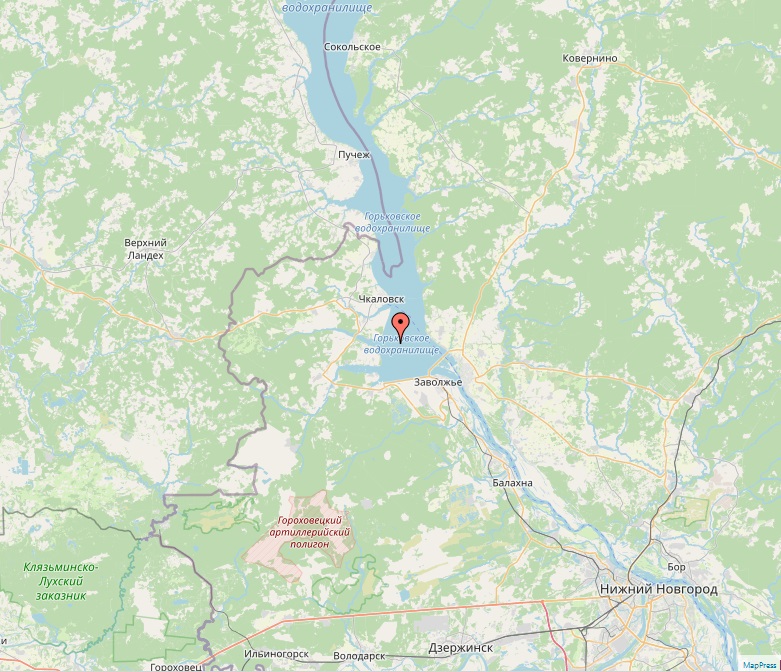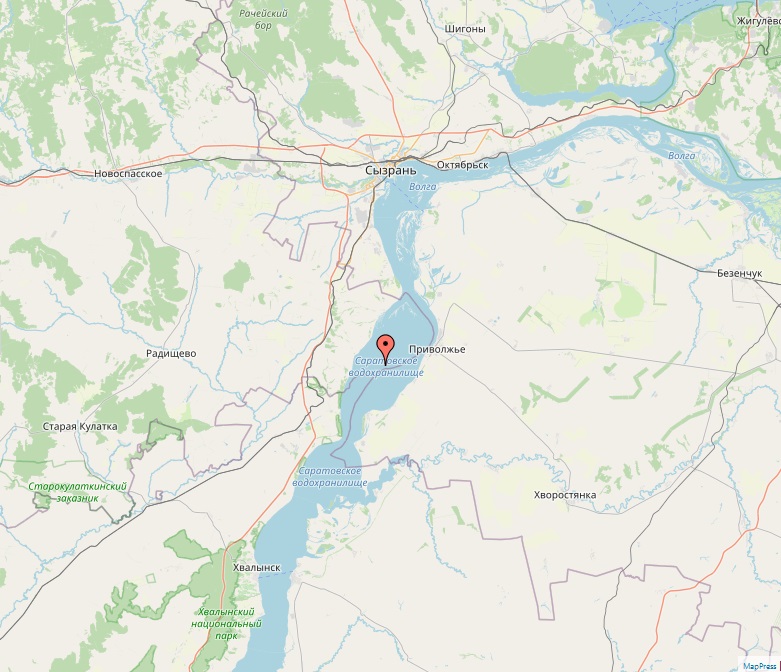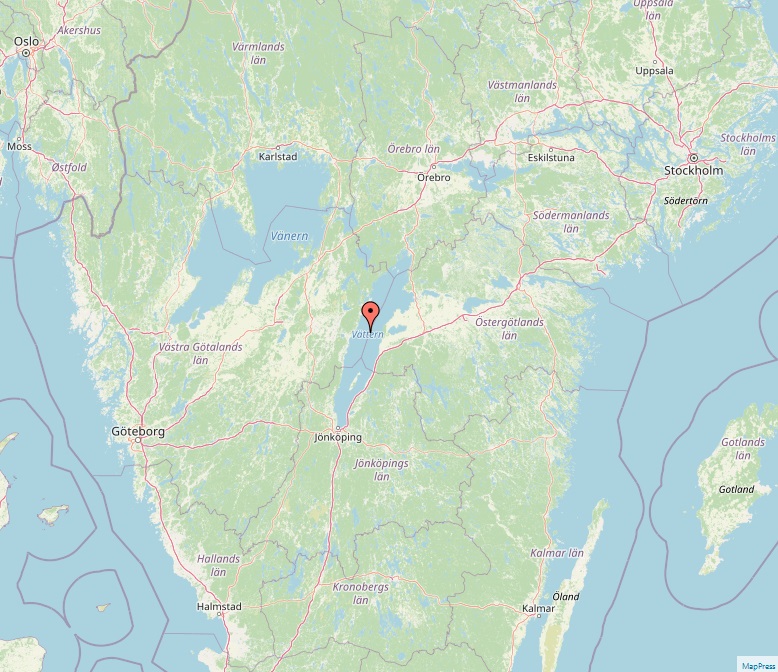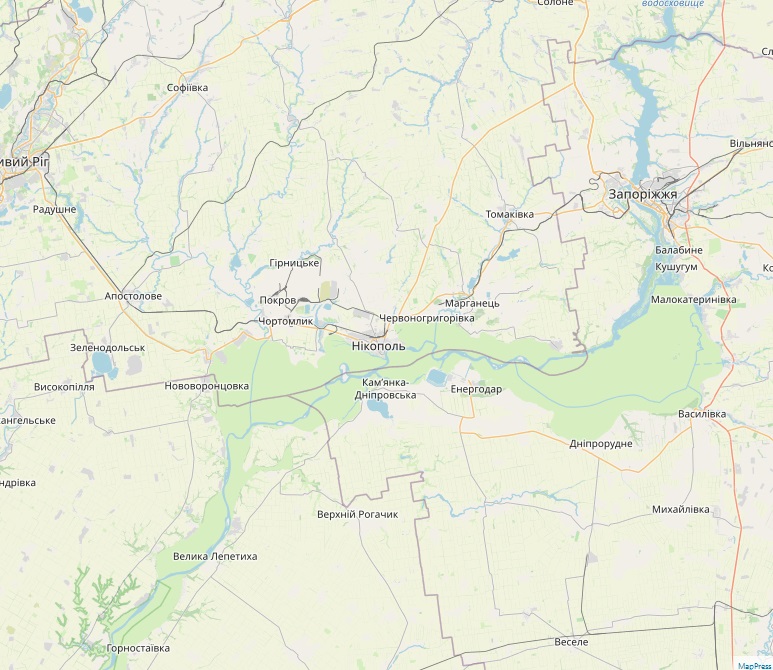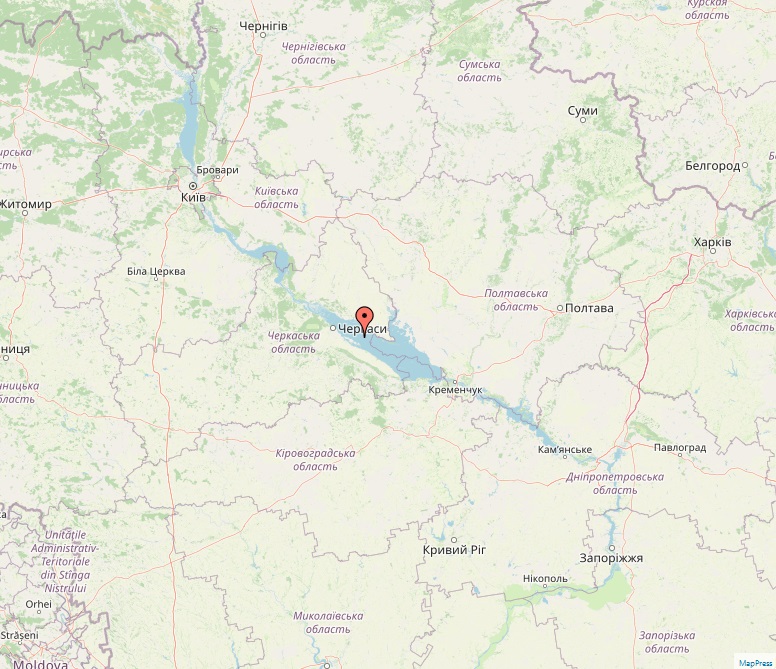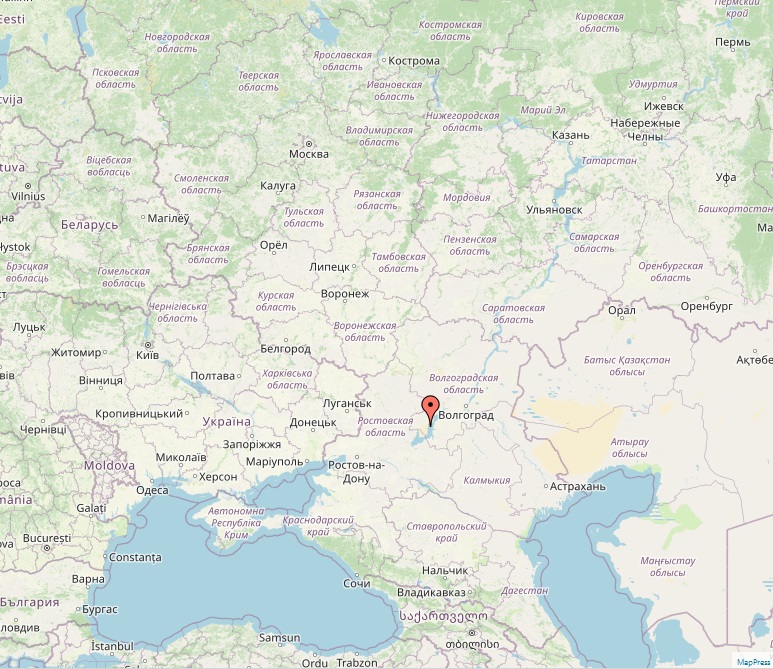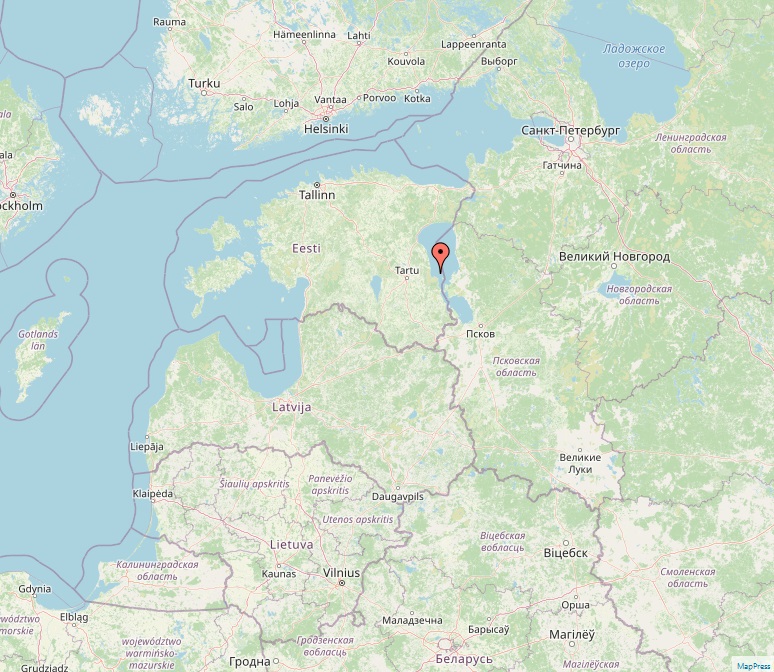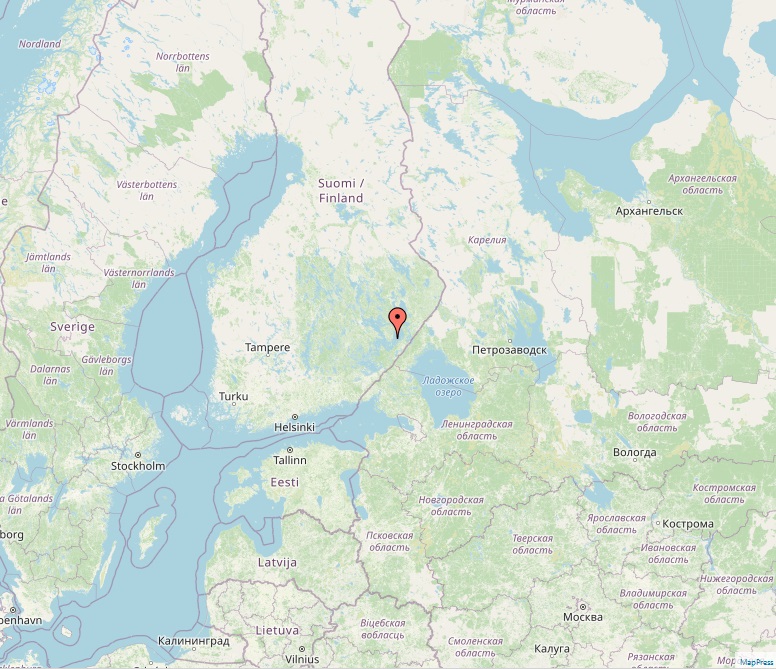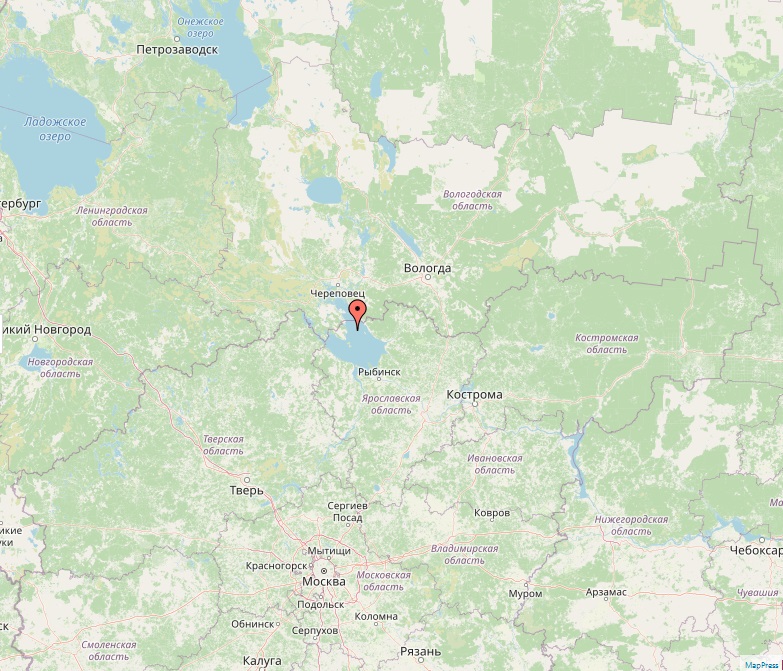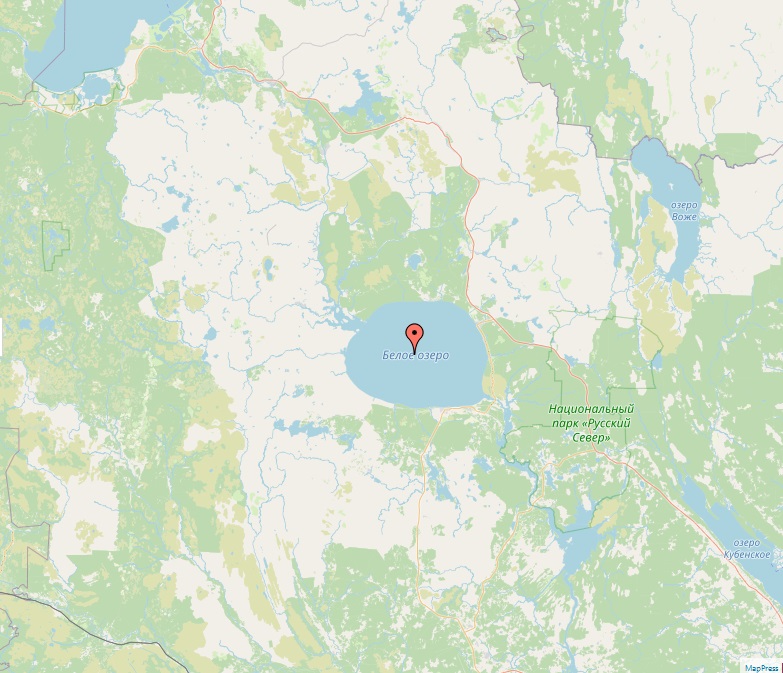
Lake Beloye
Lake Beloye, also known as White Lake, is a significant natural water body located in the northwestern part of Vologda Oblast, Russia. As the second-largest natural lake in Vologda Oblast, after Lake Onega, and the third largest when including the Rybinsk Reservoir, Lake Beloye stands as one of the ten biggest natural lakes in Europe. Geographic and Hydrological Characteristics The lake spans an area of 1,130 square kilometers, with a diameter of about 46 kilometers, and it has a maximum width of 33 kilometers. The lake's basin, which extends over 14,000 square kilometers, encompasses parts of Belozersky, Vashkinsky, Babayevsky, and Vytegorsky Districts in Vologda Oblast, and some areas in Kargopolsky District of Arkhangelsk Oblast. This basin is rich in smaller glacial lakes, contributing to the region's diverse aquatic ecosystem. Primary…

